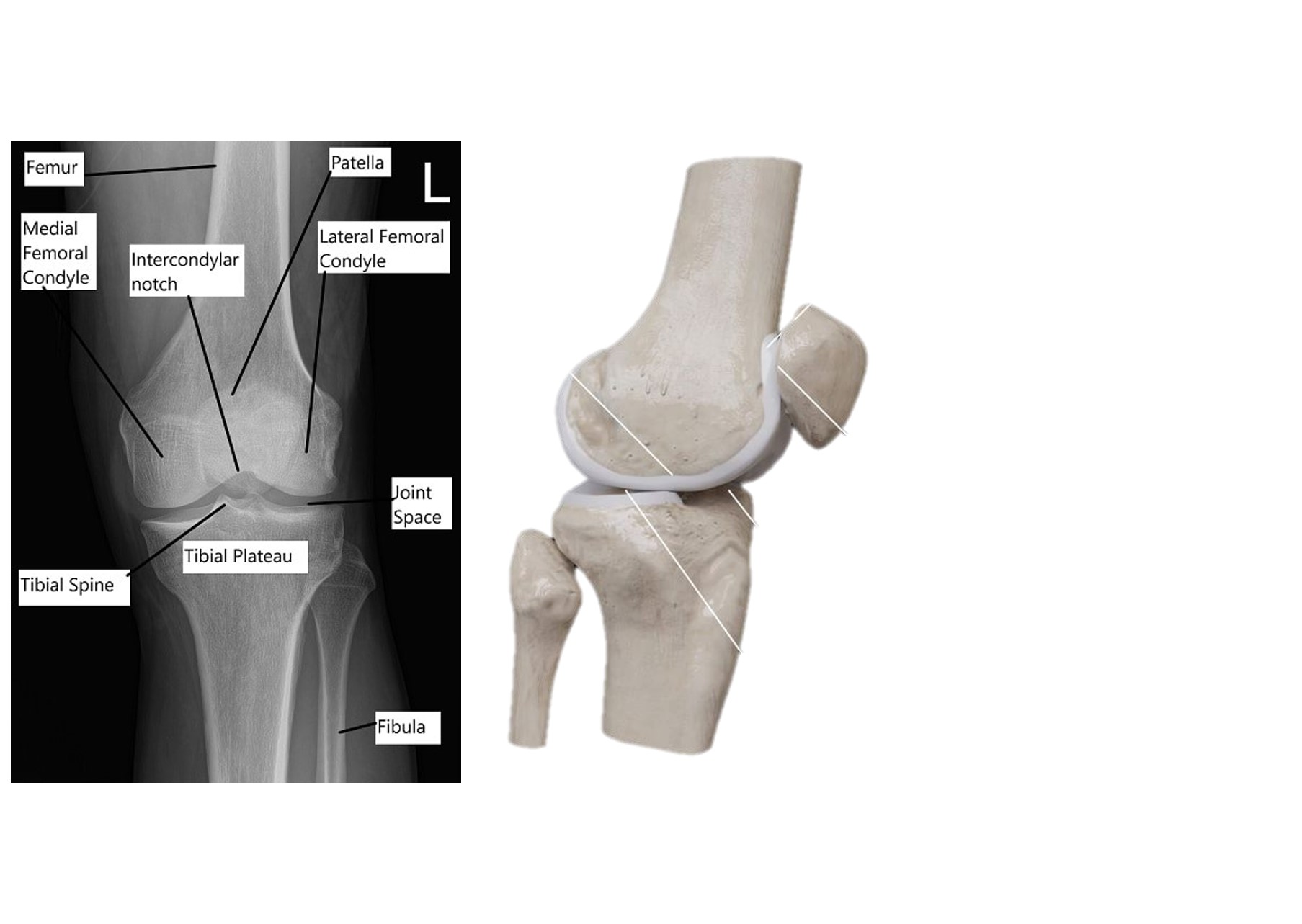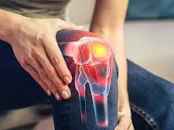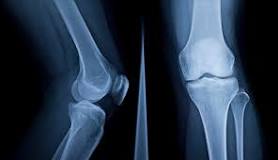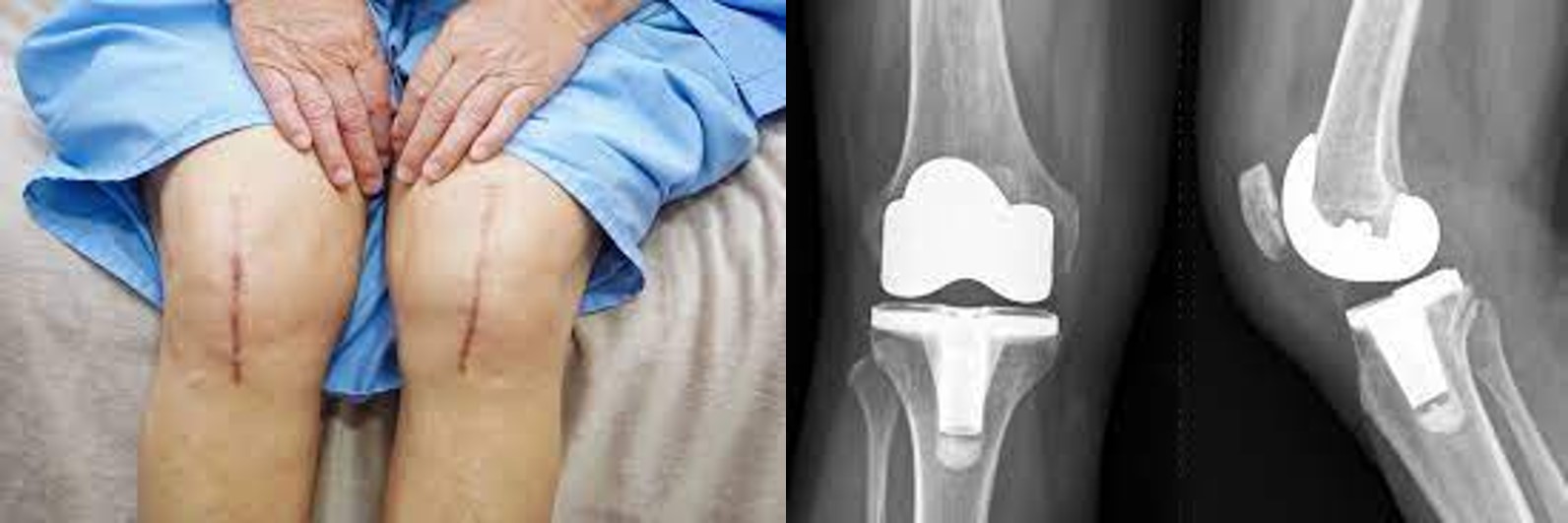Knee Osteoarthritis: A Comprehensive Guide
A comprehensive guide on knee osteoarthritis, covering its definition, symptoms, causes, diagnosis, treatment options, prevention strategies, and more.
Introduction
Knee osteoarthritis (OA) is a degenerative joint disease that affects millions of people worldwide. It is caused by the breakdown of cartilage, the smooth tissue that cushions the ends of bones in the knee joint. Knee OA can cause pain, stiffness, swelling, and reduced mobility in the knee.
This comprehensive guide covers everything you need to know about knee OA, including its definition, symptoms, causes, diagnosis, treatment options, prevention strategies, and more.
What is Knee Osteoarthritis?
Knee OA is a type of arthritis that affects the knee joint. Arthritis is a general term for inflammation of the joints. OA is the most common type of arthritis.
The knee joint is a complex joint that is made up of bones, cartilage, ligaments, tendons, and muscles. The femur (thighbone), the tibia (shinbone), and the patella (kneecap) form the bones of the knee joint.

Cartilage is a smooth, slippery tissue that covers the ends of the bones in the knee joint. It helps to cushion the bones and allows them to move smoothly against each other.
In knee OA, the cartilage in the knee joint breaks down. This can cause the bones to rub together, leading to pain, stiffness, swelling, and reduced mobility in the knee.
Symptoms of Knee Osteoarthritis
Knee OA symptoms can vary from person to person. Some people may have mild symptoms, while others may have severe symptoms that interfere with their daily activities.
Common symptoms of knee OA include:
- Pain in the knee, especially when moving or putting weight on the joint
- Stiffness in the knee, especially in the morning or after sitting for long periods of time
- Swelling in the knee
- A grating or popping sensation in the knee joint
- A feeling of instability or weakness in the knee
If you are experiencing any of these symptoms, it is important to see a doctor for a proper diagnosis.

Causes of Knee Osteoarthritis
Several factors contribute to the development of knee OA, including:
- Age: Knee OA is more common in older adults.
- Obesity: Excess weight puts extra stress on the knee joint.
- Joint injuries: Injuries to the knee, such as a torn ligament or meniscus, can increase the risk of developing knee OA.
- Overuse: Repetitive stress on the knee joint, such as from kneeling or squatting, can increase the risk of developing knee OA.
- Genetics: Some people may be genetically predisposed to developing knee OA.
While these factors do not guarantee that you will develop knee OA, they can increase your risk.

Diagnosis of Knee Osteoarthritis
A doctor will perform a physical exam and may order imaging tests, such as X-rays or an MRI, to diagnose knee OA. They may also perform a joint aspiration, which involves removing fluid from the knee joint for analysis.
Based on these tests, the doctor will determine the extent of damage to the knee joint and develop a treatment plan that is right for you.

Treatment of Knee Osteoarthritis
There is no cure for knee OA, but there are many treatments that can help manage symptoms and slow disease progression.
Non-Surgical Treatments
Non-surgical treatments for knee OA may include:
- Physical therapy to strengthen the knee joint and improve range of motion
- Weight loss to reduce stress on the knee joint
- Medications, such as pain relievers and anti-inflammatory drugs
- Corticosteroid injections to reduce inflammation and pain in the knee joint
- A brace or other assistive device to support the knee joint
Surgical Treatments
If non-surgical treatments are not effective, surgery may be recommended. Surgical treatments for knee OA may include:
- Arthroscopy to remove damaged cartilage or bone fragments in the knee joint
- Partial knee replacement to replace the damaged part of the knee joint with an artificial joint
- Total knee replacement to replace the entire knee joint with an artificial joint

Prevention of Knee Osteoarthritis
You can reduce your risk of developing knee OA by:
- Maintaining a healthy weight
- Avoiding activities that put stress on the knee joint
- Exercising to strengthen the muscles around the knee joint
- Avoiding repetitive motions that can cause knee injury
- Eating a healthy diet that includes plenty of fruits and vegetables
Conclusion
Knee OA is a common condition that can cause pain, stiffness, swelling, and reduced mobility in the knee joint. While there is no cure for knee OA, there are many treatments that can help manage symptoms and slow disease progression. By taking steps to prevent knee OA, you can reduce your risk of developing this condition.

